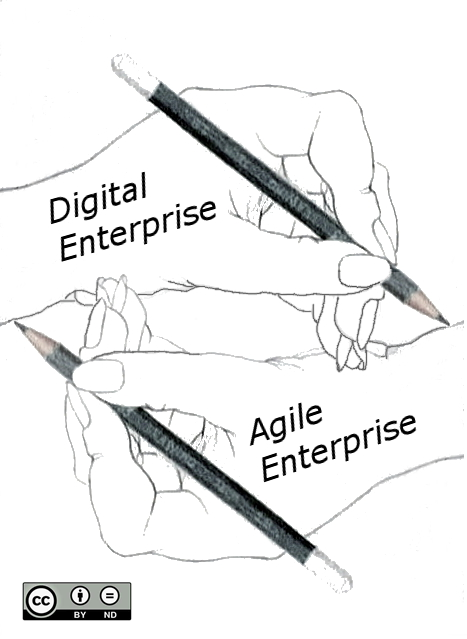Agile is now mainstream.
More than 80% of all software development initiatives claim to be agile.
A digital and agile enterprise is two sides of the same coin.
Almost all research and development departments are implementing agile processes to achieve faster and better results.
The organizations moving now to agile approaches are laggards.
Beware that laggards will fight against any change.
I still hear upper management statements such as:
-
I do not like and do not want to hear the word agile.
-
We are a different industry.
Agile cannot work in our environment.
-
We have our processes, we cannot change them.
And, agile is anyway chaos.
Find a champion and get rid of the most vocal laggards.
If no champion can be found, either move to another company or renounce agile approaches.
Be realistic, you will fail to have any lasting success in such an environment.
Embrace reality.
At least eighty percent of all software and research activities claim to follow agile approaches.
This war is won.
We are moping the last islands of resistance.
For me, it is similar to the introduction of object-oriented approaches in analysis, design, and realization of software projects.
In the late nineties of the last century, the object-oriented movement won.
It took more than ten years to take care of the last Luddites.
Our company tangly llc works steadily and continuously to advance agile and lean values.
Our structure and processes actively support agile values.
We are delighted with the current results.


